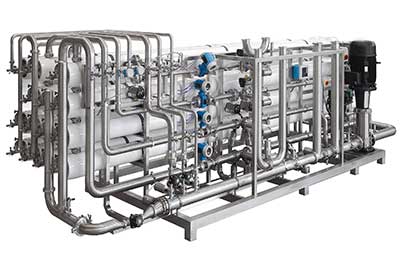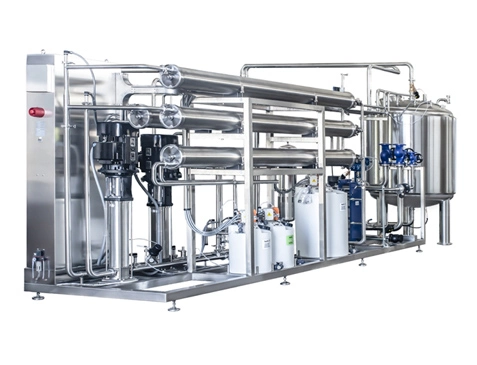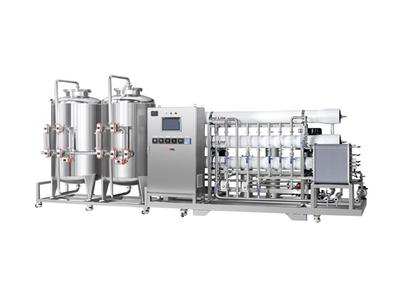Digital transformation is reshaping nearly every aspect of pharmaceutical manufacturing, and water purification systems are no exception. As one of the most critical utilities in drug production, pharmaceutical-grade water must meet strict quality requirements. Traditionally, these systems were managed manually or with basic automation. Today, digitalization brings real-time monitoring, predictive analytics, and full traceability into water purification—enhancing efficiency, compliance, and product safety.
In this article, we explore the evolving role of digital technologies in pharmaceutical water systems and how companies like Biocell are integrating smart features to optimize performance and compliance.
Digitalization refers to the adoption of digital technologies that enhance data acquisition, processing, and decision-making. In the context of pharmaceutical water purification, digitalization involves integrating smart sensors, process automation, and software platforms that improve system control and visibility.
At Biocell, water purification systems—such as Water for Injection (WFI), Purified Water (PW), and Pure Steam generators—are increasingly equipped with:
PLC/SCADA-based automation
IoT-enabled monitoring
Cloud-based dashboards
Electronic data recording and audit trails
This digital approach aligns with FDA’s 21 CFR Part 11 and Annex 11 guidelines for electronic records, ensuring that pharmaceutical companies maintain full data integrity and regulatory compliance throughout the lifecycle of their water purification processes.
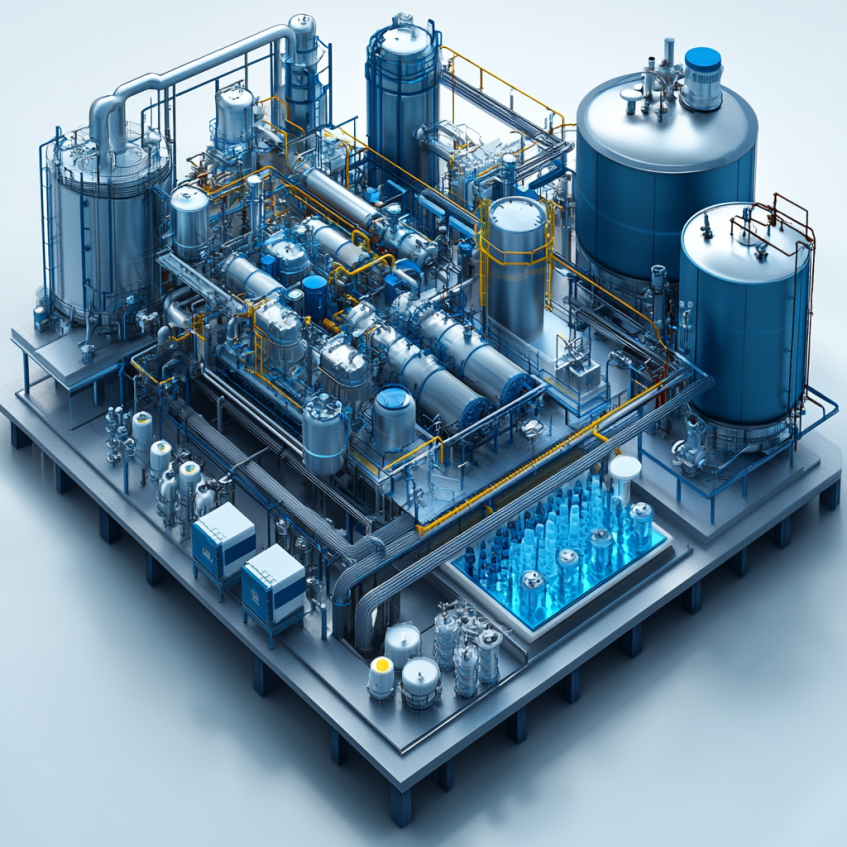
Prior to digitalization, pharmaceutical water systems faced numerous limitations:
Conventional systems relied heavily on manual data logging and operator inspections, making it difficult to detect problems as they occurred.
Manual monitoring increased the risk of human error, leading to discrepancies in documentation and potential regulatory non-compliance.
Predictive maintenance was virtually non-existent. Maintenance schedules were either calendar-based or reactive, resulting in system downtime and unnecessary costs.
Data was often siloed across departments or stored on paper, preventing holistic process optimization and historical trend analysis.
Any quality deviation in water parameters such as conductivity, TOC, or microbial count could lead to production delays and potential product recalls due to late detection.
These challenges highlighted the need for smarter, more automated systems—paving the way for digital transformation.
Digital tools transform water purification into a proactive, controlled, and transparent process. Here’s how:
Modern Biocell systems are equipped with smart sensors that continuously monitor critical quality attributes like:
Conductivity
Temperature
Total Organic Carbon (TOC)
Flow rate
Pressure
All data is collected and visualized via SCADA platforms or cloud interfaces, giving operators real-time status updates and alerts.
AI and machine learning algorithms analyze system performance and usage data to predict when components (e.g., pumps, membranes, filters) are likely to fail. This enables:
Timely part replacement
Reduced downtime
Extended equipment lifespan
Digital logs eliminate manual errors and ensure full traceability of all water batches and quality control events. Features like:
Electronic signatures
Audit trails
Deviation tracking
ensure complete documentation that complies with global cGMP, FDA, and EMA expectations.
Historical data is used to optimize:
Sanitization cycles
Energy consumption
Water recovery rates
Loop flow velocities
This enables not just compliance, but also cost reduction and sustainability gains.
Cloud-enabled Biocell systems allow authorized personnel to:
Access data remotely
Compare performance across facilities
Receive real-time alarms via mobile devices
Perform remote troubleshooting
This is particularly valuable in multi-site pharmaceutical organizations.
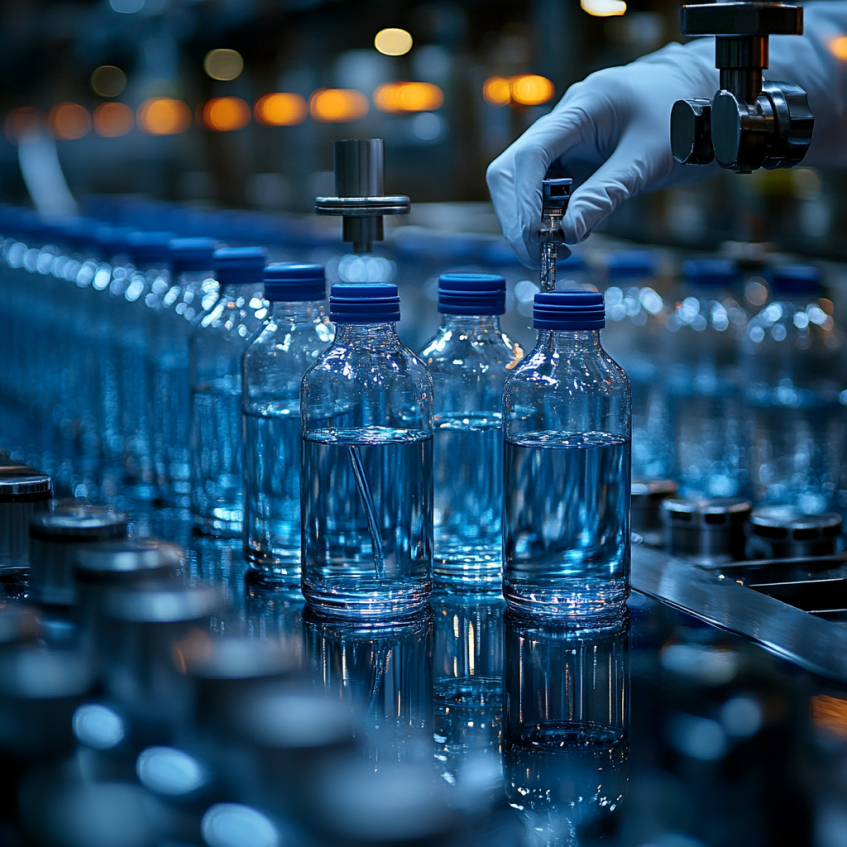
The digital transformation of pharmaceutical water purification is powered by several emerging technologies:
| Technology | Description | Application in Biocell Systems |
|---|---|---|
| IoT (Internet of Things) | Connects system components and sensors | Real-time parameter monitoring, centralized control |
| Cloud Computing | Stores and analyzes data in real-time | Enables remote access, data backup, multi-site comparison |
| AI & Machine Learning | Predicts patterns, anomalies, and failures | Predictive maintenance, process optimization |
| Digital Twin Technology | Creates a virtual replica of the system | Simulates performance, identifies potential issues |
| Cybersecurity Protocols | Protects sensitive manufacturing data | Ensures 21 CFR Part 11 and GDPR compliance |
At Biocell, we integrate these technologies seamlessly into our WFI and PW generation and distribution systems, providing a competitive advantage in quality control and process management.
As pharmaceutical production continues to grow in complexity and regulation, digitalization of water purification is no longer optional—it’s a necessity. With systems like those developed by Biocell, companies can:
Guarantee water purity in real-time
Reduce operational risks
Ensure compliance across global markets
Extend equipment lifespan
Lower energy and maintenance costs
Ultimately, digitalization empowers manufacturers to maintain the highest standards of safety, quality, and efficiency—essential factors in producing life-saving medications and biologics.
For more information on Biocell’s digitally-enabled water purification systems, or to request a consultation, visit biocell-pharma.com.
